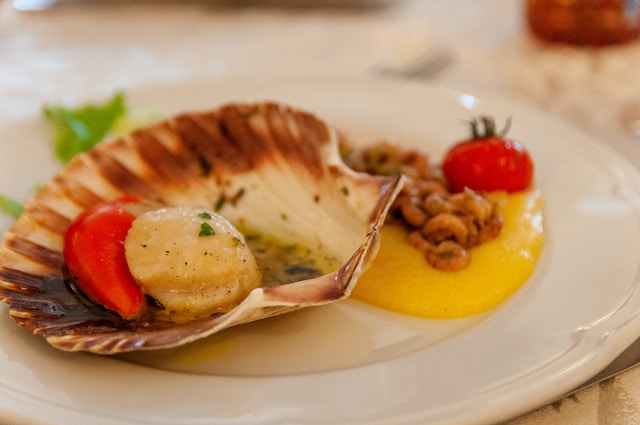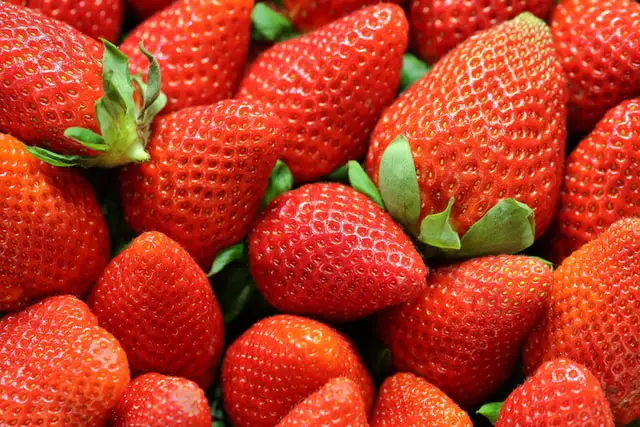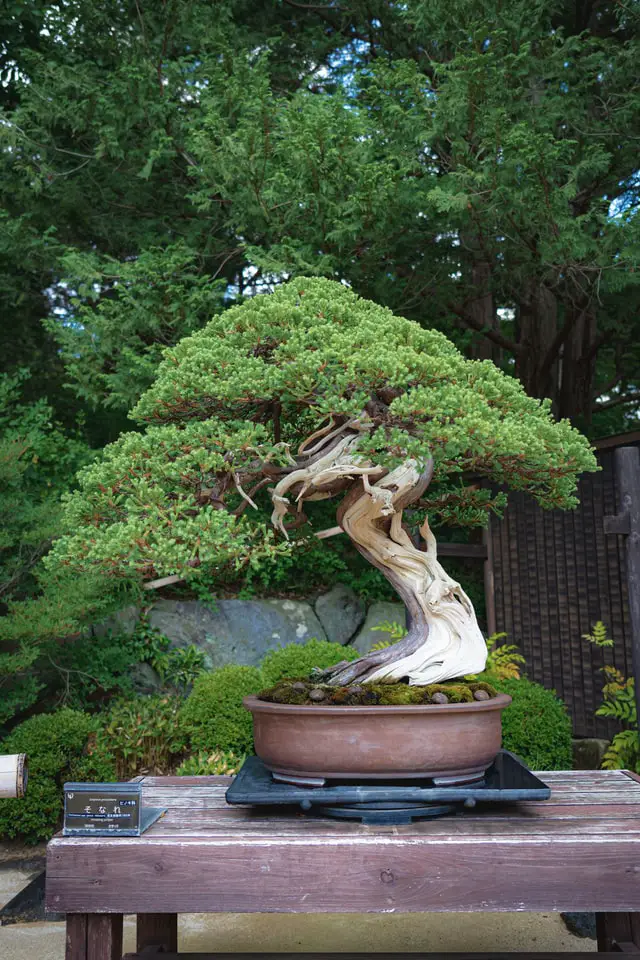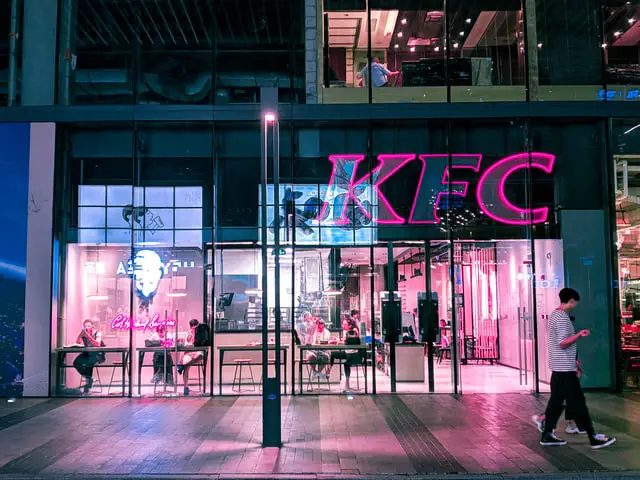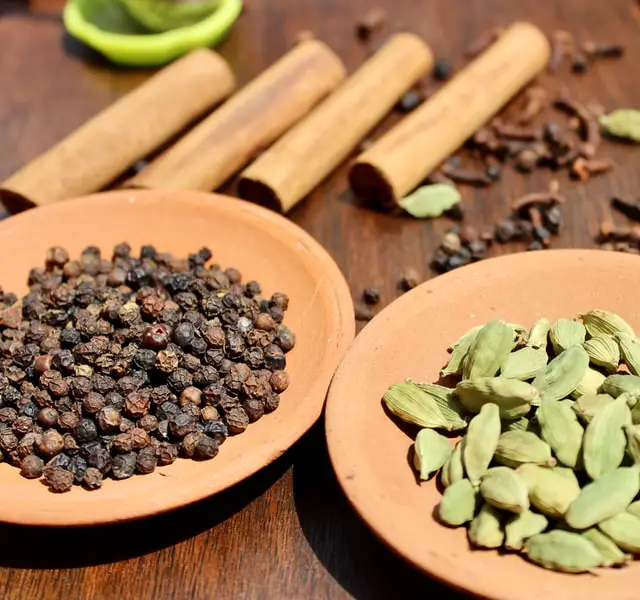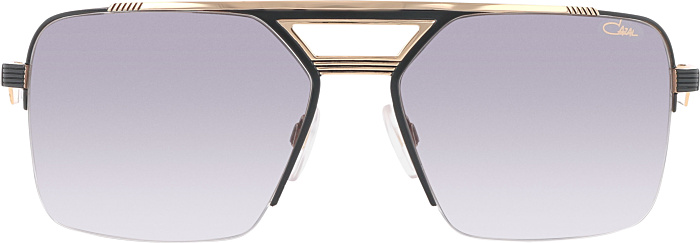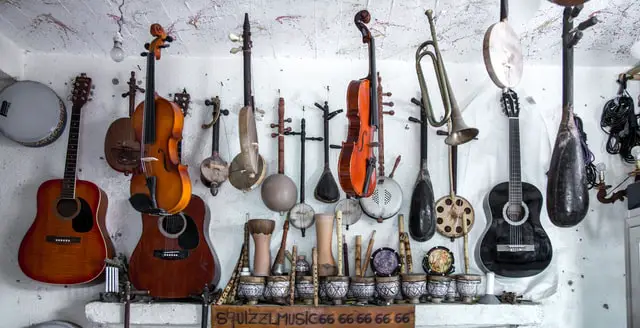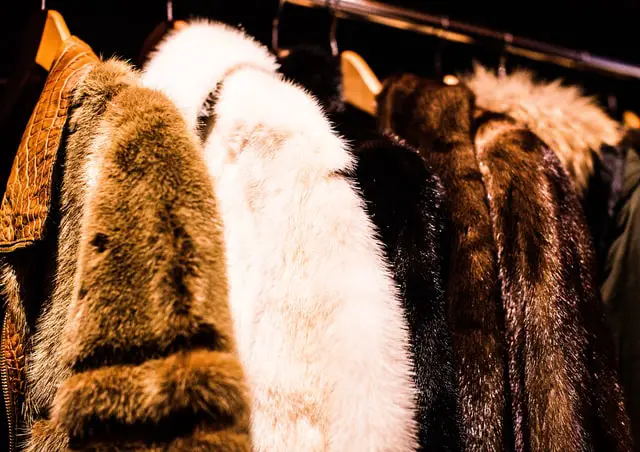Why Are Scallops So Expensive?
Scallops are a highly sought-after seafood delicacy that has been enjoyed by seafood lovers for centuries. They are often served in high-end restaurants and are known for their delicate and sweet flavor. However, many people are left wondering why scallops are so expensive.
One of the main reasons that scallops are expensive is because of their limited availability. Unlike other seafood, scallops are not easily farm-raised or caught in large quantities. This is because scallops are hand-picked from the ocean floor, making them a labor-intensive and time-consuming process.
Scallops are harvested in two ways: by diving or by dredging. Diving for scallops involves a diver swimming to the ocean floor and hand-picking the scallops while dredging involves dragging a net along the ocean floor to collect the scallops. Dredging is a more common method of harvesting scallops, but it can damage the ocean floor and result in less fresh and less flavorful scallops.
The type of scallop also plays a role in the high price of this seafood. Sea scallops are the most commonly harvested type of scallop and are known for their large size and sweet flavor. Diver scallops are smaller in size but are highly prized for their freshness and delicate flavor. Bay scallops, on the other hand, are the smallest and are typically used in stews and soups.
Another factor that contributes to the high price of scallops is their shelf life. Scallops are highly perishable and must be kept at a consistent temperature to ensure their freshness. This means that scallops have a shorter shelf life than other types of seafood and must be sold quickly after harvesting. The shorter shelf life also means that scallops require careful handling and transportation, which can add to their cost.
Farmed scallops are a more affordable alternative to wild-caught scallops, but they are still more expensive than other types of seafood. This is because farmed scallops require a specific type of environment and feed to ensure their growth and quality. They also require careful monitoring to prevent disease and maintain their flavor.
Dry scallops are another type of scallop that commands a high price. Dry scallops are scallops that have been shucked and then dried before being sold. This process intensifies the flavor of the scallop and removes excess water, resulting in a more flavorful and meatier scallop. However, the drying process also results in a higher cost for the consumer.
Despite their high price, scallops are a popular seafood choice for many reasons. Not only do they have a delicate and sweet flavor, but they also offer health benefits. Scallops are a low-fat source of protein and are rich in vitamins and minerals such as vitamin B12, magnesium, and potassium.
In conclusion, scallops are an expensive seafood choice due to their limited availability, labor-intensive harvesting process, and short shelf life. The type of scallop, farming process, and drying process also contributes to their high price. However, their delicate flavor and health benefits make them a highly prized seafood delicacy that is enjoyed by many.
Frequently Asked Questions
What are scallops?
Scallops are a type of bivalve mollusk with two hinged shells that protect a soft body. They are found in oceans all over the world and are highly prized as a seafood delicacy. The edible portion of the scallop is the adductor muscle, which is used by the scallop to open and close its shells. Scallops have a delicate, sweet flavor and a firm, yet tender texture when properly cooked. They are often served raw, sautéed, grilled, or baked, and can be used in a variety of dishes, including soups, stews, and pasta.
How to cook scallops?
Scallops can be cooked in a variety of ways, including searing, grilling, baking, and even frying. Here is a basic recipe for seared scallops:
Ingredients:
– Fresh scallops
– Salt
– Black pepper
– Olive oil
– Butter
– Lemon juice
Instructions:
1. Rinse the scallops with cold water and pat them dry with paper towels.
2. Season both sides of the scallops with salt and black pepper.
3. Heat a non-stick pan over high heat and add a tablespoon of olive oil.
4. Once the pan is hot, add the scallops in a single layer, making sure not to overcrowd the pan.
5. Sear the scallops for 2-3 minutes on each side until they are golden brown and crispy on the outside and slightly opaque in the center.
6. Remove the scallops from the pan and place them on a plate.
7. Add a tablespoon of butter to the pan and let it melt, then add a squeeze of lemon juice and stir to combine.
8. Drizzle the lemon-butter sauce over the scallops and serve immediately.
Note: It’s important not to overcook scallops, as they can become tough and rubbery. Keep a close eye on them while cooking to ensure they are cooked to perfection.
What do scallops taste like?
Scallops have a mild, slightly sweet, and delicate flavor with a slightly firm and tender texture. They are often described as having a buttery and nutty taste, with some people also noting a hint of ocean flavor. The taste of scallops can vary depending on the type and where they are harvested, with sea scallops generally having a stronger flavor than bay scallops. When cooked properly, scallops can be a delicious and flavorful addition to any meal.
Where do scallops come from?
Scallops are found in oceans worldwide, but the majority of scallops sold in the United States are harvested in the Atlantic Ocean, particularly off the coast of New England and Canada. Some scallops are also harvested in the Pacific Ocean, off the coasts of Alaska and Washington State. Scallops can also be farmed, with the majority of farmed scallops coming from Asia.
How long to cook scallops?
The cooking time for scallops varies depending on the method and size of the scallops. Here are some general guidelines:
1. Pan-seared scallops: Cook for 2-3 minutes per side over medium-high heat until golden brown.
2. Grilled scallops: Cook for 2-3 minutes per side over high heat until grill marks appear.
3. Baked scallops: Cook for 10-15 minutes at 375°F until opaque.
4. Broiled scallops: Cook for 5-7 minutes on the top rack of the oven until browned.
It’s important not to overcook scallops, as they can become tough and rubbery. The center of the scallop should be slightly translucent and slightly firm to the touch when done.
What to serve with scallops?
Scallops are versatile seafood that can be paired with a variety of sides and accompaniments. Here are some ideas for what to serve with scallops:
1. Risotto: Creamy risotto makes a perfect bed for seared scallops, and the flavors of the two complement each other beautifully.
2. Grilled vegetables: Lightly grilled vegetables such as asparagus, zucchini, and bell peppers can add color and flavor to your scallop dish.
3. Salad: A fresh salad with a citrus-based dressing can provide a refreshing contrast to the richness of scallops.
4. Pasta: Scallops can be tossed with pasta, herbs, and a light sauce for a filling and satisfying meal.
5. Rice pilaf: Similar to risotto, rice pilaf with aromatic spices like cumin and cinnamon can provide an excellent base for scallops.
6. Roasted potatoes: Scallops can be served with roasted potatoes and a side of vegetables for a classic and hearty meal.
7. Corn on the cob: Grilled or boiled corn on the cob can add a sweet and savory flavor to your scallop dish.
8. Sautéed greens: Sautéed greens like spinach, kale, or Swiss chard can add a pop of color and a healthy dose of nutrients to your meal.
9. Crusty bread: Crusty bread can be used to mop up any sauce or juices left on your plate.
Remember to choose sides that will complement the flavors of your scallops rather than overpower them.
How to cook frozen scallops?
Cooking frozen scallops can be a convenient and delicious way to enjoy this seafood. Here’s a simple method for cooking frozen scallops:
1. Thaw the scallops: Remove the scallops from the freezer and thaw them in the refrigerator overnight or for several hours.
2. Pat dry: Before cooking, make sure the scallops are completely dry. Use paper towels to pat them dry on both sides.
3. Heat the pan: Preheat a skillet or non-stick pan over medium-high heat. Add a small amount of oil, such as olive oil or butter.
4. Season the scallops: Season the scallops with salt and pepper or your favorite seasoning blend.
5. Cook the scallops: Add the scallops to the pan, making sure not to overcrowd them. Cook for 2-3 minutes on each side, until they are golden brown and cooked through.
6. Serve: Remove the scallops from the pan and serve immediately. You can serve them with your favorite sides, such as vegetables, rice, or pasta.
It’s important to not overcook scallops, as they can become tough and rubbery. Keep an eye on them while cooking and adjust the cooking time as needed based on their size and thickness.
How to sear scallops?
Here’s a simple recipe for searing scallops:
Ingredients:
– 1 pound fresh scallops
– Salt
– Black pepper
– 2 tablespoons oil (canola or vegetable oil)
– 2 tablespoons unsalted butter
– Lemon wedges, for serving
Instructions:
1. Remove the side muscle from the scallops and pat dry with paper towels.
2. Season the scallops with salt and black pepper.
3. Heat a large nonstick skillet over medium-high heat and add the oil.
4. Once the oil is hot, add the scallops to the skillet, making sure to leave some space between each scallop. Sear for 2-3 minutes on one side, or until they have developed a golden-brown crust.
5. Flip the scallops over and add the butter to the skillet. Once the butter has melted, use a spoon to baste the scallops with the melted butter.
6. Cook the scallops for an additional 1-2 minutes on the other side.
7. Remove the scallops from the skillet and serve immediately with lemon wedges.
Note: Be careful not to overcook the scallops, as they can become tough and rubbery. It’s best to cook them until they are just cooked through and slightly translucent in the center.
How to cook bay scallops?
Bay scallops are smaller in size compared to sea scallops and cook faster, so they require a slightly different cooking approach. Here’s a simple recipe for cooking bay scallops:
Ingredients:
– 1 lb bay scallops
– 2 tbsp butter
– 2 cloves garlic, minced
– Salt and pepper to taste
– Lemon wedges for serving
Instructions:
1. Rinse the bay scallops and pat them dry with a paper towel.
2. Heat a large skillet over medium-high heat and add butter. Once the butter is melted and sizzling, add minced garlic and sauté for about 30 seconds until fragrant.
3. Add the bay scallops to the skillet in a single layer, making sure they are not touching each other. Cook for about 1-2 minutes on one side until golden brown.
4. Use tongs to flip the scallops over and cook for an additional minute until the other side is golden brown as well.
5. Remove the skillet from heat and season the scallops with salt and pepper to taste.
6. Serve hot with lemon wedges on the side.
Note: Bay scallops cook quickly, so be careful not to overcook them, or they will become tough and rubbery.
How to cook scallops on the stove?
Here’s a basic recipe for cooking scallops on the stove:
Ingredients:
– 1 pound fresh scallops
– Salt and pepper
– 1 tablespoon butter
– 1 tablespoon olive oil
Instructions:
1. Remove the side muscle from the scallops if needed.
2. Pat the scallops dry with paper towels.
3. Season the scallops with salt and pepper on both sides.
4. Heat a large skillet over medium-high heat.
5. Add the butter and olive oil to the skillet and let it melt and heat up.
6. Add the scallops to the skillet in a single layer, making sure they are not touching each other.
7. Sear the scallops for about 2-3 minutes on each side, or until they are browned and caramelized.
8. Use tongs to flip the scallops over and cook on the other side.
9. Remove the scallops from the skillet and serve immediately.
Note: Be sure not to overcrowd the pan, as this can cause the scallops to steam instead of sear. Also, cooking times may vary depending on the size and type of scallop used, so adjust accordingly.
How many scallops in a pound?
The number of scallops in a pound can vary depending on the size of the scallops. Generally, for sea scallops (the larger type), there are about 10-20 scallops per pound. For smaller bay scallops, there can be anywhere from 60-120 scallops per pound. It’s always a good idea to check the weight of the scallops you are purchasing to get a more accurate estimate of how many scallops are in a pound.
How to thaw scallops?
There are a few ways to thaw scallops, depending on how much time you have:
1. Refrigerator thawing: Place the scallops in a covered container in the refrigerator for several hours or overnight. This is the safest method as it keeps the scallops at a consistent and safe temperature.
2. Cold water thawing: If you need to thaw scallops quickly, you can place them in a sealed plastic bag and submerge the bag in cold water for about an hour. Be sure to change the water every 30 minutes to ensure that it stays cold.
3. Microwave thawing: You can also thaw scallops in the microwave on the defrost setting. Be sure to check on them frequently to prevent overcooking or uneven thawing.
It’s important to never thaw scallops at room temperature or in warm water as this can promote bacterial growth and increase the risk of foodborne illness.

